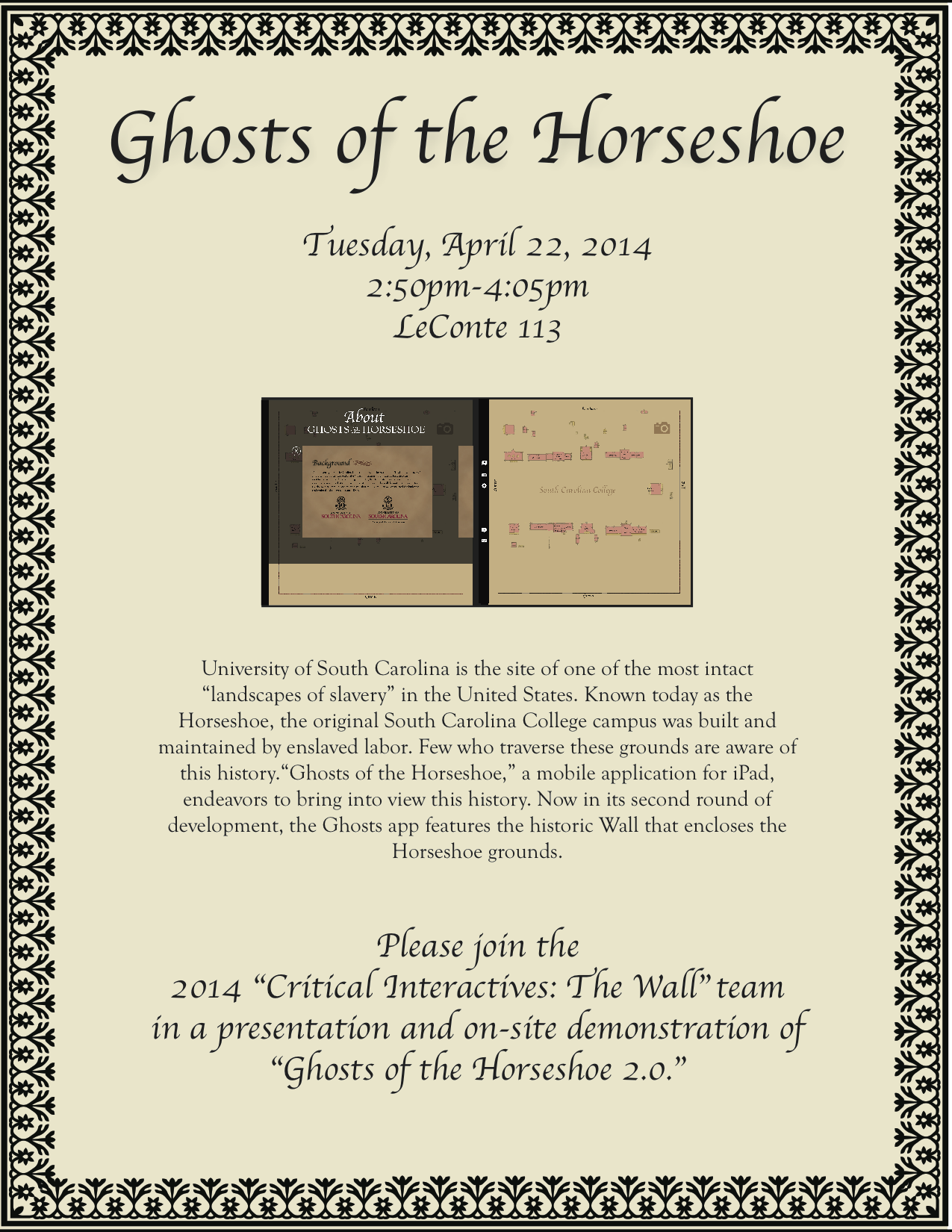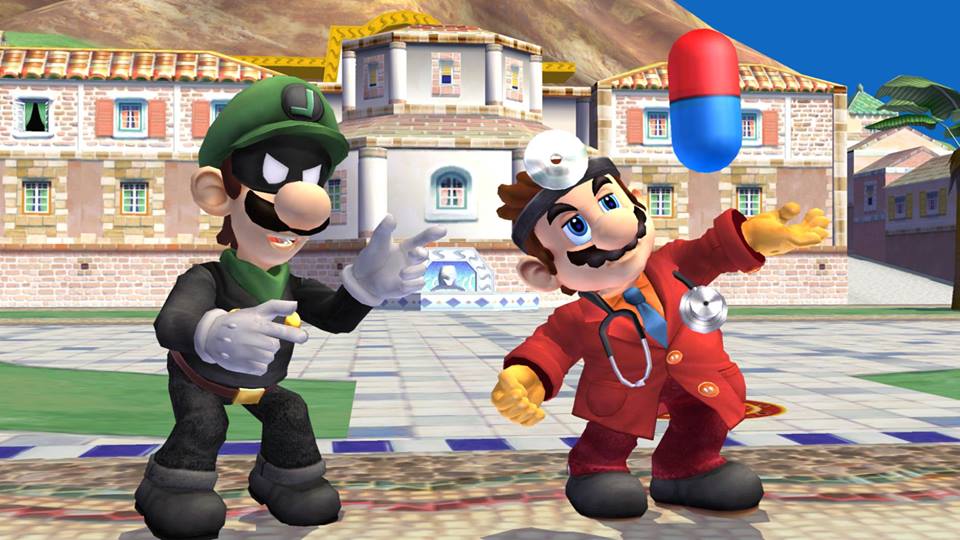Ghosts of the Horseshoe: A Mobilization of a Critical Interactive
- 10 views
Wednesday, July 2, 2014 - 10:30 am
Swearingen (Deans Conference Room)
DISSERTATION DEFENSE
Richard Walker
Time: 1030-1130 (10:30am-11:30am)
Date: July 2, 2014
Place: Swearingen (Deans Conference Room)
Abstract
Critical Interactives (CIs) are designed to harness the voluntary, reality-bending excitement of discovery as afforded by play, but to do so in the context of rules that mobilize procedural rhetoric to instantiate critical awareness. Critical interactives are not just about improving lives through code or education; rather, they establish a methodology for generating more aesthetic and reflective interactive experiences. To grasp more fully the logic underpinning CIs, we need to understand the powerful nature of interactivity and outline how such interactivity involves a notion of ethics, i.e., a way of living, in and Ghosts of the Horseshoe is a critical interactive, in this case a mobile interactive application for iPad, that presents the largely unknown role of South Carolina College, the predecessor of the University of South Carolina, in slavery during the years prior to the Civil War. The USC Horseshoe was built by enslaved persons, and the bricks of the Wall and buildings made by enslaved persons, and yet this history is for the most part not known by the USC community and not acknowledged by the institution.
We discuss the role of critical interactives as instruments of procedural rhetoric--software artifacts that interact with their participants to carry a message, in this case a message about a sensitive topic in the history of the institution. Ghosts as a CI uses ludic methods as a rhetorical technique. We place CIs, and Ghosts in particular, in the general context of games, computer video games, and serious games, commenting on the use of ludic methods in presenting topics like slavery on which one cannot legitimately produce a "game''. We discuss further the iterative development and testing process that converged to the final version that is available today.

